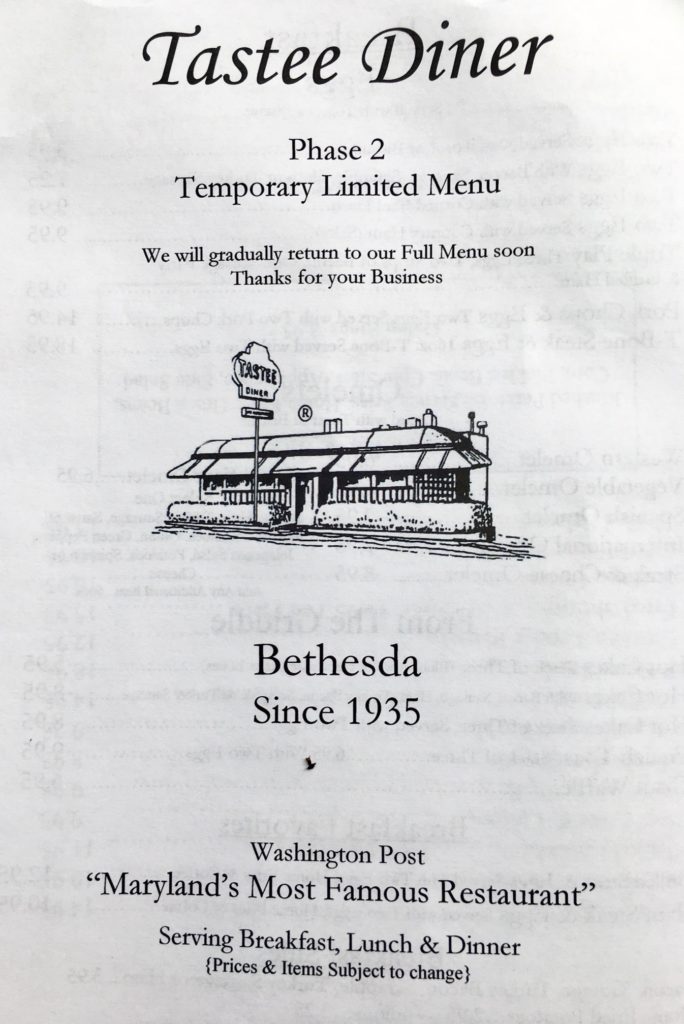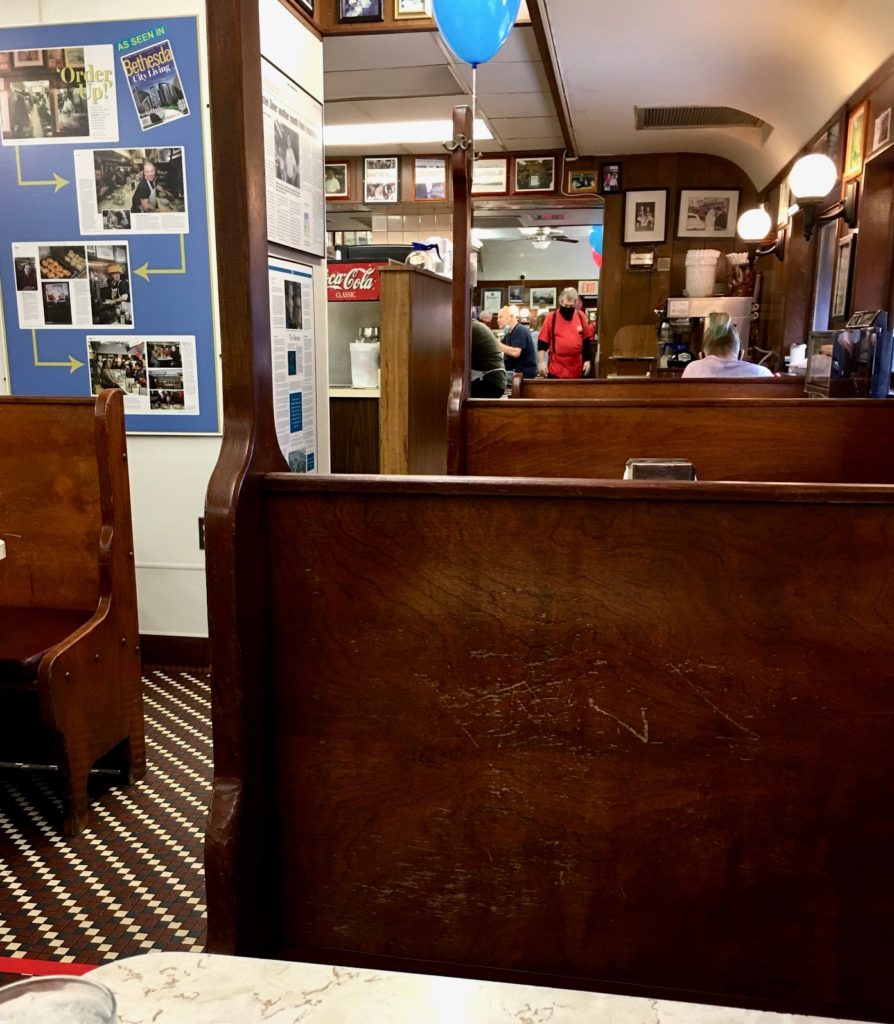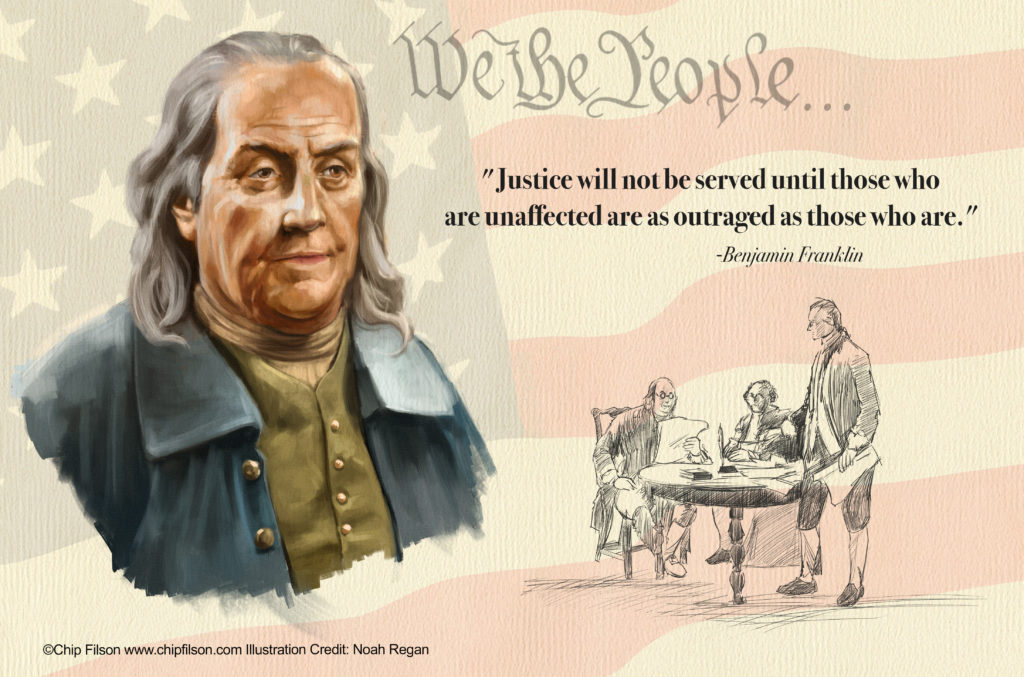Never in a million years could I have imagined I would go up to my credit union wearing a mask and ask for money.
The Volunteer Spirit
In July, the Library of Congress finished a crowd sourced project to complete the transcription of over 10,000 documents in its collection of Lincoln papers.
Most are letters with complaints, pleas, job requests and military reports. Some are in French, German or Italian. Many are personal such as the desire of a Navy Officer to marry, to which Lincoln responded to the Secretary of the Navy: “please allow him the requisite leave of absence, if the public service can safely endure it.”
One of the most stunning messages for me was a letter from a 65-year old would-be Army volunteer from western New York. He wrote in March 1864:
Father Abraham
I am 65 years old am able to do a fair days work (not the hardest kind of work) day after day am willing to go to the army, or rather into some fort or Garison, where there will be no long marches, was never a good traveler but worker will help you work out our national salvation will go free of any charge to Government except travel and rations Avery Coon is a stout man of about my age will go too to a Fort or Garison he may need the usual pay will be a good hand
We have Faith in God and dry Powder
Truly Yours Daniel Edwards
The question for credit unions: What is the belief and “dry powder” motivating your volunteers?
From the Field: A CEO’s Budget Review Message
“Later next week we will finalize the [financial] report book and publish. I wanted to send this summary out to you and the team to see the tact and our confidence about the future based on traditional thinking. Our numbers are GREAT! But not for the right reasons.
We are doing the right things. But what are we risking in just doing the right things for now, and not the right things for the coming post-COVID future? COVID is not unprecedented, it’s just another year after year revolving pressing issue. We knock down the pressing issue of the year, every year – chaos is constant, and adjustments are forever needed.
Remember: to see COVID as simply another challenge to success is not dismissing COVID, it simply is recognizing that as cooperative business people, we have the means and the skills to endure and prosper. When you read this financial update, I hope that is what you infer between the lines. Take care, stay safe.”
The Key CEO Question: What are the right things we should be doing now for the post-COVID future?
Will Rogers on the Pitfalls of Political Appointments
One Credit Union Blog Ends: Another Enters Stage
Friday, July 31 was the final post for Dr. Keith Leggett, who was an economist at the American Bankers Association.
From June 2009 thru last week, he wrote over 11,000 entries. He never joined a credit union. He was an industry skeptic who often highlighted bankers’ concerns with the industry. Most of his columns were reprints of stories or events which he believed justified his disbelief in the cooperative model.
His point of view will be missed. Credit unions value relationships and are reluctant to challenge the errant behaviors of their own. And without critics, a show can get off track so that it becomes too late for the audience to save it.
A New-Old Kid on the Credit Union Beat
Last week I read a new blogger’s article about the ongoing fate of the taxi medallion borrowers whose loans NCUA sold to a private hedge fund, Marblegate Asset Management.
The story was written by David Baumann, a reporter for Credit Union Times who had been recently laid off due to COVI . Using his knowledge and contacts in the industry, he started a blog to produce original stories: https://washingtoncudaily.com/
He focuses on events in DC that could affect credit unions. He does his own leg work with interviews and follow ups.
His approach could provide new insights over the next year as the prospect of wholesale political change looms over the country and with it, at Congress and NCUA.
The blog is well designed, latest stories up front, with searchable “topics” of past articles. It’s free. I signed up.
Another Tastee Diner Lesson
Readers of this blog may recall the first time I wrote about Bethesda’s oldest, continually operating restaurant. In it I asked the question how this old fashioned restaurant model, serving comfort food, open 24 hours a day could survive in the affluent, high-end dining market now dominating Bethesda. Moreover, the new 27 story international headquarters of Marriott International is going up cheek and jowl on three sides. Why didn’t they just move out? The owner’s answer was simple: “We own the land.”
Normally the diner closes only one day per year, Christmas. But when Maryland went into a state-wide stay-at-home order, the diner closed just as every other retail establishment. Two weeks ago, Maryland entered Phase 2. The diner reopened following the state’s covid guidelines.
I visited Sunday morning to see how they were doing. Was there another lesson for credit unions from this locally owned business landmark?
The Menus: Phase 2, Printed on Paper, Used Once , and Thrown Away
Construction work continues on Marriott’s new headquarters. Eleven stories done, sixteen more to come:
Covid warriors/waitstaff clean every table and benches after each customer. Every other booth is closed. Nothing on tables except napkin holder and sugar packets.
Approximately twelve employees: cooks, wait staff, clean up, owner and cashier. Only four customers at normal peak breakfast time. Covid’s seating capacity is 75 socially distanced.
Tastee Diner’s Challenge is the Country’s
When will guests return? Being open is not sufficient. Customers must feel safe to venture out. That is something Tastee cannot control, but requires consumer confidence in their public officials. Only then can the economy become self-sustaining.
A Founder’s Wisdom On Independence Day
Ben Franklin: Declaration Signer, Creator of Civic Enterprises and Proponent of Community Values
Benjamin Franklin (born January 17, 1706, Boston, Massachusetts, died April 17, 1790, Philadelphia, Pennsylvania) was a person of extraordinary talent. He made lasting contributions to multiple areas of human endeavor including practicing the cooperative principle of Paying It Forward.
As a signer of the Declaration of Independence, he played a major role in getting the document approved and adopted by the Continental Congress. Perhaps more critical, he served as Ambassador to France from 1777 to 1785. securing France’s financial and military assistance in the Revolutionary War.
His Areas of Intellectual and Social Enterprise
One of 17 children, he went to work at age twelve in a print shop run by his older brothers. He published his insights in Poor Richard’s Almanac, many of which are still recited today: “A penny saved is a penny earned.”
As a tradesman and inventor his ambition, intellectual energy and sociable nature, made him a natural leader of public projects. His lifelong commitment to self-improvement also manifested in his civic initiatives to upgrade living conditions in mid 18th Century Philadelphia.
Beginning in 1727, Franklin and his associates enhanced community life establishing a lending library, hospital, school, fire brigade, insurance company, learned society, and militia. To advance public safety: he supervised the lighting, cleaning, and paving of Philadelphia streets and designed a fireplace that conserved fuel while avoiding house fires.
These civic endeavors were in addition to his work as an inventor (bifocals and Franklin stove), scientist (theorist about electricity), musician and author of timeless insights on human nature and society.
The Cooperative Foundation: Pay It Forward
Much of Franklin’s multifaceted contributions from his discipline and hard work, arise from a value centered life focused on the question, how can I help?
“Pay it forward” is the concept that when someone does something for you, instead of paying that person back directly, you pass the kindness on to another person.
In a letter to Benjamin Webb (April 25, 1784) who’d requested to borrow money, Franklin asked his friend to repay the debt by lending to someone else in need down the road. Instead of receiving repayment, he sought to do a world of good with what little he had to give.
I do not pretend to give such a deed; I only lend it to you. When you meet with another honest Man in similar Distress, you must pay me by lending this Sum to him; enjoining him to discharge the Debt by a like operation, when he shall be able, and shall meet with another opportunity. I hope it may thus go thro’ many hands, before it meets with a Knave that will stop its Progress. This is a trick of mine for doing a deal of good with a little money.
One outgrowth of his “doing a deal of good with a little money” is today’s cooperative credit union movement. Another enduring legacy from the nation’s founders.
As we celebrate this 244th anniversary of the 4th of July Declaration, Franklin’s reflection on our nation’s governance remains timeless:
The U.S. Constitution doesn’t guarantee happiness, only the pursuit of it. You have to catch up with it yourself.
Awards and Institutional Culture
Most credit union associations, many credit unions, CUSOs and even some vendors present periodic awards to individuals or credit unions. These honor specific contributions and reinforce values the groups want to celebrate. Internally, awards reinforce the culture an organization is trying to cultivate.
NCUA’s Awards in 1977
My first recollection of industry awards for results was in a 1977 NCUA press release. Details are now vague. But I recall two specific recognitions.
The first was for the agency employee(s) who had helped charter the most new credit unions during the year. The second was for credit unions that achieved the highest amount of savings growth.
Both awards embodied the agency’s view of its mission and results. The contrast with today’s absence of new charters, promotion of mergers and idolatry of net worth is stark.
An Insight from Police Reform
The Denver Police Department’s decade long effort at cultural reform included reviewing its award ceremonies.
Prior to this effort, every year officers were recognized for “justified use of force,” that is deadly shootings in the line of duty.
The new award, honoring efforts to deescalate encounters, was named the “perseveration of life.”
Awards Say Who We Are
Whether the action be a lifetime achievement or a one-year recognition for outstanding results, awards publicize organizational mindsets.
For many years NCUA and state regulators have viewed their primary task as a mortuary for credit unions they supervise. The announcements come on Friday evenings after reporters have gone home of another “justifiable homicide.” IBEW Local Union 712 Closes; West Penn P&P Assumes Loans, Assets, Shares
Might a new recognition change this regulatory mindset? Is now the time for the credit union community to honor the regulator, supervisor or examiner(s) whose present actions best exemplifies cooperative innovation, credit union ideals and most importantly, sustainability?
Why Change? A Sentence from a Sermon
On Sunday June 14, 2002, Rev. William Barber III gave a 43-minute sermon to an empty Washington National Cathedral. He integrated events from American history to provide a context for his message: “America, accepting death is not an option anymore.”
(https://www.youtube.com/watch?v=eviTAayTGT4)
One example of his literalness: In America you can find unleaded gas anywhere, but also cities where there is no unleaded water.
His use of historical facts provides a picture of America that was not part of any course I took. Be inspired.






